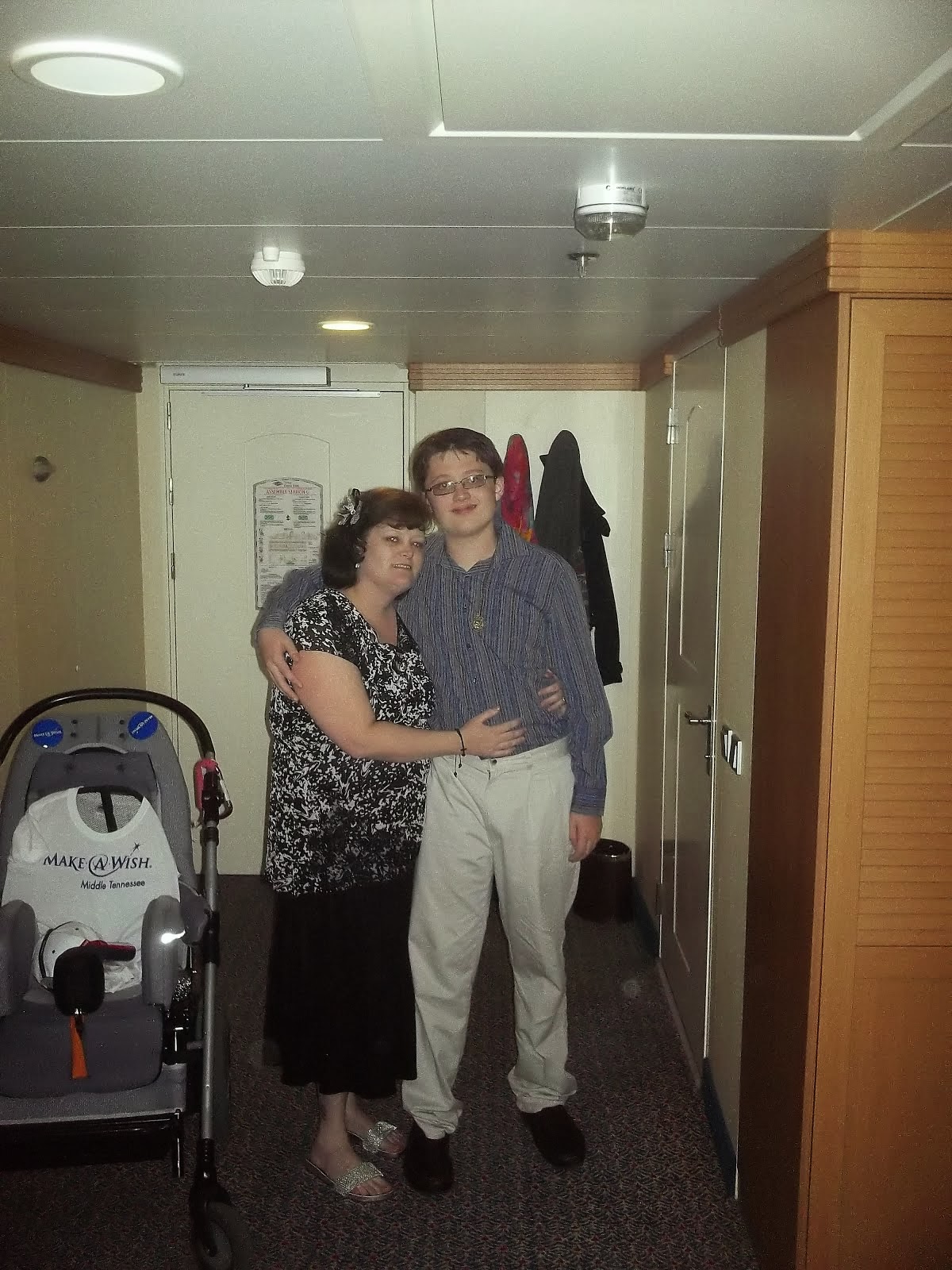I havent had nicholas's genes tested yet.. for his fear of needles but if he does have the traslocation this is promising news for him..
New York (MedscapeWire) Jun 27 — Chromosome 22, one of the smallest human chromosomes, is known to be a hot spot for disease, including heart defects, leukemias, and schizophrenia. Genetics researchers at The Children's Hospital of Philadelphia in Pennsylvania are teasing out details of how that chromosome's chemical structure renders it particularly vulnerable to defects and rearrangements that may result in diseases. Their latest study focuses on a rare inherited condition called +der(22) syndrome that includes mental retardation, a heart defect, a small chin, and a cleft or abnormal palate. The researchers described unusual, unstable DNA structures in parents of children with the disease.
Reporting in the July issue of Human Molecular Genetics, the research team isolated specific DNA sequences at the junctions where broken pieces of chromosomes 11 and 22 attach to each other in a rearrangement called a translocation. The researchers found unusually frequent sequences of adenine and thymine, 2 of the 4 chemical letters in the genetic alphabet that spells out the body's blueprint. These repetitive stretches are called AT-rich repeats and are arranged in an unusual configuration called a palindrome.
"These palindromic sequences are unstable, and allow us to propose a model for how this translocation occurs," said Beverly S. Emanuel, PhD, chief of human genetics and molecular biology at The Children's Hospital of Philadelphia and senior author of the paper.
"This model of the disease's origin in chromosome structure is important not only for understanding +der(22) syndrome, but also may assist us in understanding other translocations," said Dr. Emanuel. Other diseases associated with such translocations in chromosomes include certain types of cancer and other birth defects.
The model draws on the fact that in other organisms, unstable palindromic DNA sequences are inclined to protrude from the DNA double helix in fragile structures called hairpins. These hairpins are weak points where the DNA can break and rearrange, causing abnormalities of the chromosomes.
When chromosomes 11 and 22 break, then exchange genetic material in a balanced translocation, the genes retain their normal function and a person carrying the abnormal chromosomes has no symptoms of disease. However, that person's child runs a risk of suffering from +der(22) syndrome if he or she inherits an extra copy of one of the rearranged chromosomes. Further studies in Dr. Emanuel's laboratory are developing a sensitive diagnostic test to help parents who carry the translocation ensure that their future children do not have the syndrome.
Unlike more random chromosome translocations, the translocation between chromosomes 11 and 22 occurs time and again in a population, suggesting that the specific locations where the chromosomes break are structurally unstable. Disorders based in peculiarities of chromosome architecture fall under a relatively new concept in medicine: "genomic disease." Such diseases originate in the structure of the genome — the full complement of genes carried by a set of chromosomes.
The current study of chromosome structure builds on more than 20 years of research conducted by the team on chromosome 22, as well as the team's participation in the federally sponsored Human Genome Project, the multicenter effort to compile the order of the 2 billion DNA bases of all 23 human chromosomes. The research group provided genetic sequences for the Human Genome Project's announcement in December that chromosome 22 was the first human chromosome to be sequenced.






No comments:
Post a Comment